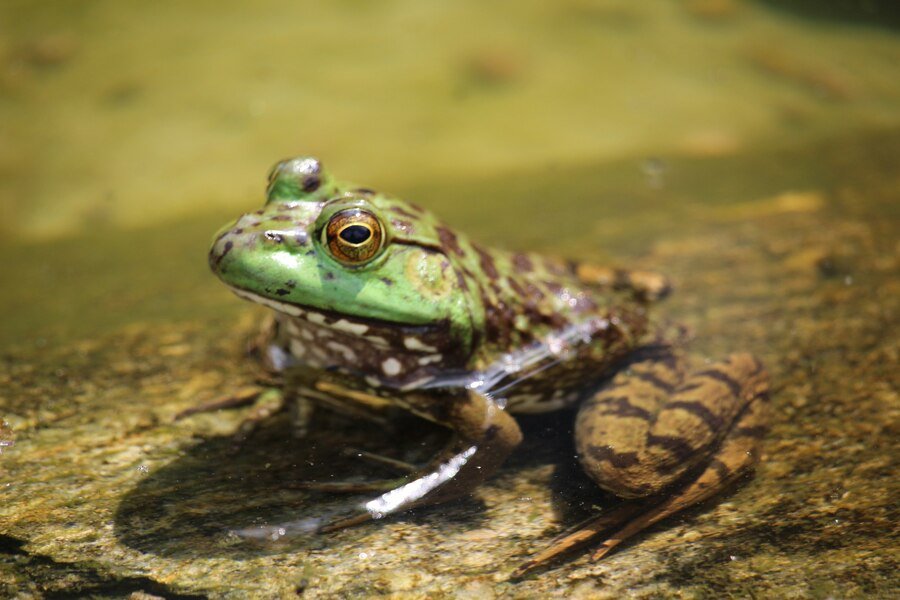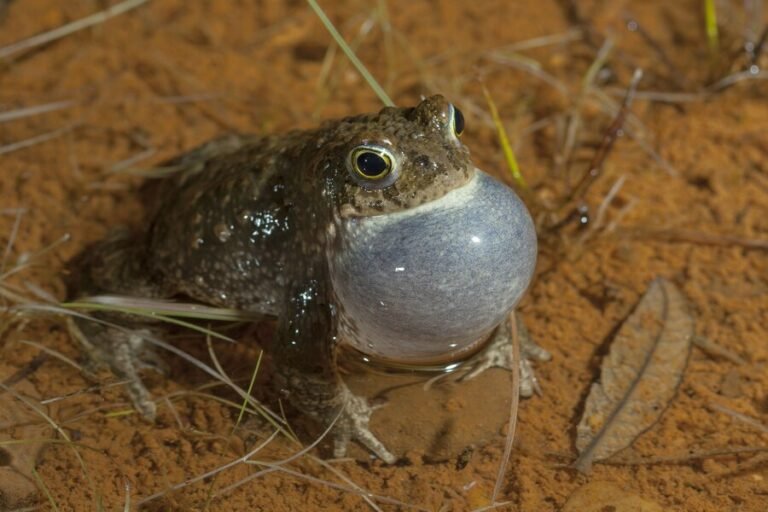Get ready to discover the fascinating world of Bilbo’s Rain Frog! This unique amphibian species is not just another frog in the pond. With its quirky habits and specific reproductive processes, it’s a frog that has captured the interest of many amphibian enthusiasts. Whether you’re a seasoned herpetologist or a curious beginner, this blog post will guide you through everything you need to know about Bilbo’s Rain Frog, especially focusing on the intriguing question—do Bilbo’s Rain Frogs lay eggs?
By the end of this post, you will have a comprehensive understanding of not only how these frogs reproduce but also the critical role environmental factors play in their survival. We’ll also explore the conservation efforts dedicated to protecting these fascinating creatures. Let’s jump right into the world of Bilbo’s Rain Frog!
Meet Bilbo’s Rain Frog
Bilbo’s Rain Frog is a small, charming amphibian found predominantly in the lush rainforests of South Africa. Known for its distinctive high-pitched call, this frog species is adept at camouflaging with its earthy coloration. Unlike many other frogs, Bilbo’s Rain Frog tends to lead a more terrestrial life, spending a significant amount of time hidden under leaves and forest debris.
These frogs are often found in the cool, moist environments of their forest habitats, which provide the ideal conditions for their survival. Their small size and unique locomotion methods make them quite agile, allowing them to easily evade predators. The unique characteristics of Bilbo’s Rain Frog, including its body shape and skin texture, make it a species worth studying for any amphibian enthusiast.
Understanding the habitat preferences of Bilbo’s Rain Frog provides crucial context for exploring their reproductive habits. Their reliance on moist environments plays a significant role in how they reproduce and raise their young. Let’s move on to discover more about the reproduction process of this intriguing frog.
The Reproductive Journey of Bilbo’s Rain Frog
Yes, Bilbo’s Rain Frogs do lay eggs! Their reproductive process is a fascinating aspect of their life cycle, filled with unique behaviors and adaptations. The mating season for Bilbo’s Rain Frog typically coincides with the rainy season, which provides the necessary moisture levels for successful reproduction.
During the mating season, male Bilbo’s Rain Frogs will call out to attract females, a behavior known as vocalization. Once a female selects a mate, the pair will engage in amplexus, a common frog mating posture where the male clasps the female to fertilize her eggs externally. This external fertilization is a characteristic feature of many amphibians, including Bilbo’s Rain Frog.
After successful mating, the female will lay a cluster of eggs in a moist and protected environment, often hidden under leaf litter or in soft soil. The choice of location is crucial, as it needs to provide the right conditions for the eggs to develop safely. This stage marks the beginning of the next generation of Bilbo’s Rain Frog.
The Development of Bilbo’s Rain Frog Eggs
The development of Bilbo’s Rain Frog eggs is a delicate process that requires specific environmental conditions. Once the eggs are laid and fertilized, they undergo a series of developmental stages before hatching into tadpoles. The entire process can take several weeks, depending on the environmental conditions.
Initially, the eggs are small and gelatinous, providing protection and nourishment for the developing embryos inside. Over time, the embryos grow and develop, undergoing significant changes as they prepare for hatching. The rate of development is influenced by factors such as temperature and humidity, which can vary based on the weather conditions in their natural habitat.
When the tadpoles finally hatch, they enter the aquatic stage of their life cycle. Unlike many frog species, Bilbo’s Rain Frog tadpoles may not immediately move to water bodies, as their terrestrial habitat often includes temporary pools formed by rain. This adaptation allows them to develop in their immediate environment, reducing the risks associated with moving to larger water bodies.

Parental Care in Bilbo’s Rain Frogs
Parental care in Bilbo’s Rain Frogs is minimal compared to some other amphibian species. Once the eggs are laid and fertilized, the adults leave them to develop on their own. However, the initial choice of egg-laying site by the female is a form of indirect parental care, as it involves selecting a location that provides the best chance for the survival of the offspring.
The absence of active parental care means that the eggs and developing tadpoles are vulnerable to environmental fluctuations and potential predators. However, their natural camouflage and the strategic placement of eggs help mitigate these risks. The reliance on suitable environmental conditions underscores the importance of preserving their natural habitats.
Despite the lack of direct parental involvement, the survival of Bilbo’s Rain Frog offspring is a testament to the effectiveness of their reproductive strategies and adaptations to their environment.
Environmental Influences on Reproduction
Environmental conditions play a crucial role in the reproductive success of Bilbo’s Rain Frogs. Factors such as temperature, humidity, and rainfall directly impact their ability to reproduce and the survival rate of their eggs and tadpoles. With climate change and habitat destruction posing significant threats, understanding these environmental influences is vital.
Rainfall is particularly important, as it provides the necessary moisture levels for egg laying and tadpole development. Changes in rainfall patterns due to climate change can disrupt the timing of the breeding season, affecting the reproductive success of the species. Additionally, habitat destruction from deforestation and human activities further threatens their survival.
Conservation efforts aimed at protecting the natural habitats of Bilbo’s Rain Frog are essential in mitigating these environmental impacts. By preserving their ecosystems, we can help ensure the continued survival and reproductive success of this unique amphibian species.
Conservation Efforts for Bilbo’s Rain Frog
Efforts to conserve Bilbo’s Rain Frog focus on protecting their natural habitats and mitigating the impacts of climate change. Conservation organizations work to raise awareness about the importance of preserving the rainforests where these frogs live, highlighting the need for sustainable land-use practices.
Research plays a significant role in conservation efforts, providing critical data on the reproductive habits, population dynamics, and habitat preferences of Bilbo’s Rain Frog. This information helps inform conservation strategies and policy decisions aimed at protecting the species.
Engaging local communities in conservation efforts is also essential. By educating people about the ecological importance of Bilbo’s Rain Frog and the threats they face, conservationists can foster a sense of stewardship and encourage practices that support the species’ survival.
Continuing the Journey of Discovery
In summary, Bilbo’s Rain Frog is a captivating amphibian species with unique reproductive habits that are intricately tied to their environment. Understanding their life cycle, from egg laying to the development of tadpoles, provides valuable insights into the challenges and wonders of amphibian reproduction.
